Introduction
Within this section of the GSI’s Sustainability Report, you can learn more about the health benefits, nutrient profile and food safety information of farmed salmon.
Salmon is a nutrient-rich food and contributes protein, healthy fats including omega-3 fatty acids, and several essential vitamins and minerals such as vitamins D, B12 and B6.1
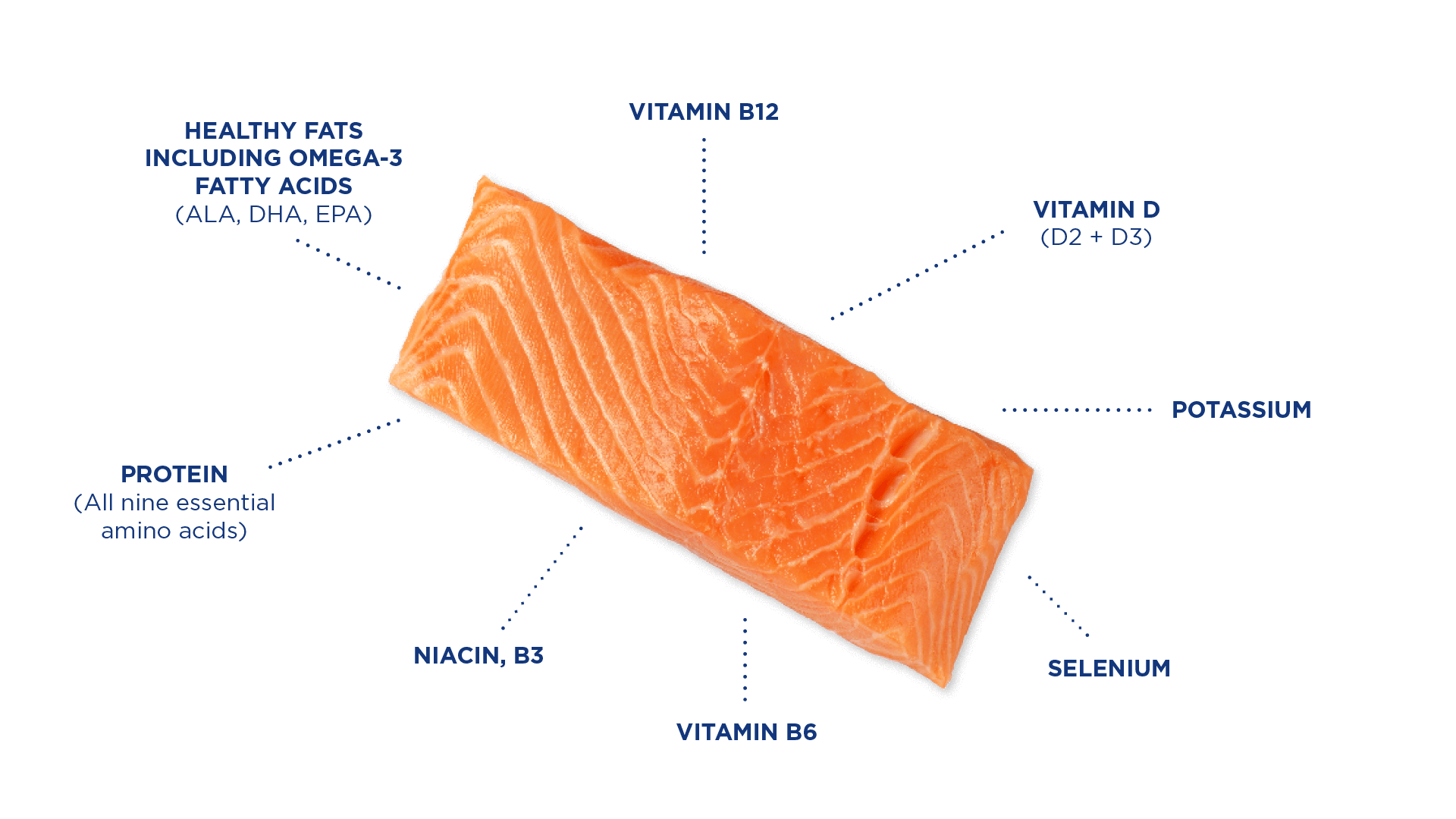
| The 2020–2025 Dietary Guidelines for Americans recommend adults eat at least 8 oz. (around two servings) of seafood per week based on a 2,000-calorie diet, adolescents eat 6-10 oz.* seafood per week, and children eat 2-8 oz.* seafood per week from the FDA/EPA “Best Choices” list, which includes salmon..2 | |
 |
Eating at least 8 oz. of farmed salmon per week can promote health and development across the lifespan by supporting vision, brain and heart health.3-5 |
 |
For women who are or may become pregnant or who are breastfeeding, between 8 oz. and 12 oz. of seafood per week is recommended. Choices higher in omega-3 fatty acids and lower in methylmercury, like salmon, are encouraged.2 |
Choose from the options on the left to find out more.
Macronutrients
Macronutrients are the nutrients that people require in larger quantities to support a healthy diet. Protein, fat and carbohydrates are all classified as macronutrients.
Salmon is an excellent source of protein and also includes healthy fats, like omega-3s eicosapentaenoic acid (EPA) and docosahexaenoic acid (DHA), which are associated with improved health outcomes, especially when consumed from fish.1,2
An average 3.5 oz. (100 g) serving of raw, farmed Atlantic salmon contains the following macronutrients:
| Macronutrient | 3.5 oz. (100 g) salmon fillet*3 | Daily Reference Value – (DRV**)4 | %DRV‡5 |
|---|---|---|---|
| Energy (kcal) | 208 | 2000 | 10% |
| Protein (g) | 20.42 | 50 | 41% |
| Fat (g) | 13.42 | 78 | 17% |
| Cholesterol (mg) | 55 | 300 | 18% |
| Polyunsaturated fatty acids (g) | 3.89 | No DRV established | n/a |
| Omega-3 fatty acids (ALA) (g) | 0.15 | 1.6 (men)***6 1.1 (women)***6 | 9% 13% |
| Omega-3 fatty acids (EPA/DHA) (g) | 1.97 | No DRV established | n/a |
| Omega-6 fatty acids (g) | 1.09 | No DRV established | n/a |
| Monounsaturated fatty acids (g) | 3.77 | No DRV established | n/a |
| Saturated fatty acids (g) | 3.05 | 20 | 15% |
| Carbohydrate (g) | 0.00 | 275 | n/a |
* Raw farmed Atlantic salmon.
** Daily Reference Value–set of numerical quantities developed by the U.S. Food and Drug Administration for the dietary intake of energy-containing macronutrients. They show you the maximum amount of calories and nutrients you should eat in a day based on the reference caloric intake of 2,000 calories for an adult.
‡ A DRV of 20% or more of a nutrient per serving is considered high and of 5% or less is considered low.5
*** Established adequate intake for the omega-3 fatty acid ALA.
Micronutrients
Micronutrients, often referred to as vitamins and minerals, are vital to healthy development, disease prevention, and wellbeing. Although only required in small amounts, micronutrients are not produced in the body and must be derived from the diet.1
Farmed salmon is an excellent source of vitamins B3, B5, B6, B12, vitamin D, vitamin E and selenium. The average serving of farmed salmon contains at least 20% of the recommended daily intake of all of these micronutrients.2
An average 3.5 oz. (100 g) serving of raw, farmed Atlantic salmon contains the following micronutrients:
| Micronutrients | 3.5 oz (100 g) salmon serving*2 | Reference Daily Intake – (RDI)**3 | %RDI4 |
|---|---|---|---|
| Vitamin B12 (µg) | 3.23 | 2.4 | 135% |
| Vitamin D (D2 + D3) (µg) | 11 | 20 | 55% |
| Niacin, B3 (mg) | 8.67 | 16 | 54% |
| Selenium (µg) | 24 | 55 | 44% |
| Vitamin B6 (mg) | 0.64 | 1.7 | 37% |
| Pantothenic acid, B5 (mg) | 1.55 | 5 | 31% |
| Vitamin E (alpha-tocopherol) (mg) | 3.55 | 15 | 24% |
| Phosphorus (mg) | 240 | 1250 | 19% |
| Thiamin (mg) | 0.21 | 1.2 | 17% |
| Riboflavin (mg) | 0.16 | 1.3 | 12% |
| Potassium (mg) | 363 | 3400 (men)5,6 2600 (women)5,6 | 11% 14% |
| Folate, total (µg) | 26 | 400 | 7% |
| Vitamin A, RAE (µg) | 58 | 900 | 6% |
| Magnesium (mg) | 27 | 420 | 6% |
| Copper (mg) | 0.05 | 0.9 | 5% |
| Vitamin C, total ascorbic acid (mg) | 3.9 | 90 | 4% |
| Zinc (mg) | 0.36 | 11 | 3% |
| Sodium (mg) | 59 | 15005, 6 | 4% |
| Iron (mg) | 0.34 | 18 | 2% |
| Calcium (mg) | 9 | 1300 | 1% |
| Manganese (mg) | 0.01 | 2.3 | 0% |
* Raw, farmed Atlantic salmon.
** Reference Daily Intake - the daily intake level of a nutrient that is considered to be sufficient to meet the requirements of 97–98% of healthy individuals in every demographic in the United States.
Protein
Farmed salmon is an excellent source of protein. Protein is made up of amino acids and there are 20 different amino acids commonly found in plant and animal proteins. For adults, 9 of these have to be sourced from the diet and are therefore defined as ‘essential’ or ‘indispensable’ amino acids.1
A 3.5 oz. (100 g) serving of farmed salmon delivers all 9 of these ‘essential’ amino acids, making it a complete protein.2
| The Dietary Guidelines for Americans recommend enjoying salmon as one way to add protein variety to the diet.3 |
A 3.5 oz. (100 g) serving of raw, farmed Atlantic salmon contains the following amino acids and total protein:
| 3.5 oz. (100 g) salmon fillet*2 | Daily Reference Value – (DRV)**4 | %DRV‡4 | |
|---|---|---|---|
| Protein (g) | 20.42 | 50 | 41% |
| Amino acid (g) | 3.5 oz. (100g) salmon fillet*1 |
|---|---|
| Glutamic acid | 2.83 |
| Aspartic acid | 2.02 |
| Lysine | 1.87 |
| Leucine | 1.62 |
| Alanine | 1.27 |
| Arginine | 1.22 |
| Valine | 1.11 |
| Isoleucine | 0.97 |
| Glycine | 0.96 |
| Serine | 0.90 |
| Threonine | 0.86 |
| Phenylalanine | 0.85 |
| Tyrosine | 0.76 |
| Proline | 0.72 |
| Methionine | 0.63 |
| Histidine | 0.55 |
| Cystine | 0.22 |
| Tryptophan | 0.21 |
| Hydroxyproline | 0.04 |
* Raw, farmed Atlantic salmon.
** Daily Reference Value–set of numerical quantities developed by the U.S. Food and Drug Administration for the dietary intake of energy-containing macronutrients. They show you the maximum amount of calories and nutrients you should eat in a day based on the reference caloric intake of 2,000 calories for an adult.
‡ A DRV of 20% or more of a nutrient per serving is considered high and of 5% or less is considered low.4
Omega-3
There are three main omega-3 fatty acids: alpha-linolenic acid (ALA), eicosapentaenoic acid (EPA), docosahexaenoic acid (DHA)1.
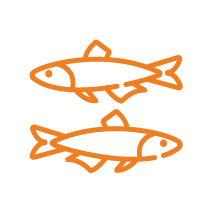 |
ALA is found in plant sources such as seeds and nuts but EPA and DHA are unique to seafood. The best dietary sources of EPA and DHA are found in oily fish such as salmon.1 |
| Higher dietary intakes of EPA and DHA are associated with many health benefits including supporting vision, brain and heart health.2-4 |

 | EPA and DHA are associated with a lower risk of cardiovascular disease and reduced cardiovascular mortality in the general population.2 |
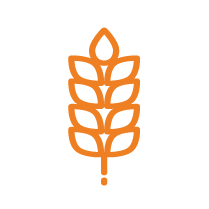 |
ALA, EPA and DHA are all essential fatty acids, meaning that they must be obtained from the diet. ALA can be converted into EPA and then to DHA, but the conversion is very limited. Consuming EPA and DHA directly from seafood particularly oily fish such as salmon is one great way to increase levels of these fatty acids in the body, especially when considering all the other nutrients that salmon provides. 1,5 |
Food Safety
Consuming farm-raised salmon is both safe and healthy. As with many food-producing sectors, it is possible for environmental contaminants such as heavy metals, pesticides and dioxins/polychlorinated biphenyls (PCBs) to build up in food, including seafood and salmon. In farmed salmon the presence of such contaminants is closely monitored, and levels are kept well below the safe limits set by food safety authorities around the world.
Experts agree that the health benefits of eating fish, including farmed and wild salmon, far outweigh the possible risks from contaminants.1-3
In seafood, consumers are often most concerned with mercury and dioxins/PCBS; however, farmed salmon has low levels of these chemicals.
| Mercury Mercury is present in nearly all fish and shellfish. Salmon (wild or farmed) generally has lower mercury levels than most other fish species and for this reason is listed in the "best choices" for fish consumption by the FDA.1 In fact, health and dietary authorities across the globe recommend we eat more fish such as salmon, with high levels of healthy fatty acids (e.g. EPA and DHA) and low levels of mercury.4-6 |
|
 |
Dioxin and dioxin-like PCBs Although many fish, including salmon are commonly associated with dioxin and dioxin-like PCBs, data clearly indicate that levels of both in farmed fatty fish are lower than those in wild caught fatty fish.6 A United Nations Food and Agricultural Organization (UN FAO) report concluded that the health benefits associated with eating fish, and particularly oily fish like salmon, outweigh the potential risks when consumed within the recommended levels.7 |
| Food safety priorities GSI members are committed to continuing to monitor and evaluate food safety issues and find ways to reduce the likelihood of their presence both in the feed and fish. |
If you are ever unsure, you can refer to dietary guidelines published by organizations such as the U.S. Food and Drug Administration (FDA) and European Food Safety Authority (EFSA), or the U.S.-based Seafood Nutrition Partnership has a number of useful resources on its webpage.
Health Benefits
Eating fish that are high in EPA and DHA, such as farmed salmon, is associated with:
 |
Helping maintain a healthy heart by lowering blood pressure, triglycerides and inflammation, and therefore reducing the risk of developing cardiovascular disease and cardiovascular mortality.1,2 |
 |
Reducing the risk of coronary heart disease.2 |
 |
Supporting brain function and development in infants.3 |
 |
Possibly preventing psychiatric diseases, particularly cognitive decline in the elderly.4 |
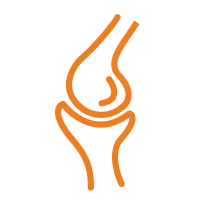 |
Possibly preventing inflammation and reducing the risk of arthritis.5 |
Global Production1,2
Global production of farmed salmon and livestock primary products, measured in tonnes.
References
- Food and Agricultural Organization (FAO) of the United Nations Statistical Division - FAOSTAT
- FAO of the United Nations Fisheries and Aquaculture Department - Fishery Statistical Collections
- The Environmental Cost of Animal Source Foods
- Reducing Food's Environmental Impacts Through Producers and Consumers
- Feed Conversion Efficiency in Aquaculture: Do We Measure it Correctly?
- Atlantic Salmon. The Super Chicken of the Sea
Carbon Footprint3
A carbon footprint measures the total greenhouse gas emissions caused directly and indirectly by the production of a product. Carbon footprint is measured in kilograms of carbon dioxide equivalent (kgCO2eq) per typical serving (40 g) of edible protein of the product. Data are median values.
References
- Food and Agricultural Organization (FAO) of the United Nations Statistical Division - FAOSTAT
- FAO of the United Nations Fisheries and Aquaculture Department - Fishery Statistical Collections
- The Environmental Cost of Animal Source Foods
- Reducing Food's Environmental Impacts Through Producers and Consumers
- Feed Conversion Efficiency in Aquaculture: Do We Measure it Correctly?
- Atlantic Salmon. The Super Chicken of the Sea
Land Use4
The amount of land needed to produce 100 g of edible protein.
References
- Food and Agricultural Organization (FAO) of the United Nations Statistical Division - FAOSTAT
- FAO of the United Nations Fisheries and Aquaculture Department - Fishery Statistical Collections
- The Environmental Cost of Animal Source Foods
- Reducing Food's Environmental Impacts Through Producers and Consumers
- Feed Conversion Efficiency in Aquaculture: Do We Measure it Correctly?
- Atlantic Salmon. The Super Chicken of the Sea
Feed Conversion Ratio5
Feed conversion ratio (FCR) measures the productivity of different
protein production methods. It demonstrates the kilograms (kg) in feed need to
increase the animal’s bodyweight by 1kg. A lower FCR represents a more efficient use of feed resources.
References
- Food and Agricultural Organization (FAO) of the United Nations Statistical Division - FAOSTAT
- FAO of the United Nations Fisheries and Aquaculture Department - Fishery Statistical Collections
- The Environmental Cost of Animal Source Foods
- Reducing Food's Environmental Impacts Through Producers and Consumers
- Feed Conversion Efficiency in Aquaculture: Do We Measure it Correctly?
- Atlantic Salmon. The Super Chicken of the Sea
Protein Retention5
Protein retention describes the gain in edible protein as a percentage of the protein intake from food. It is calculated as a percentage (grams protein in edible portion / grams protein in feed).
References
- Food and Agricultural Organization (FAO) of the United Nations Statistical Division - FAOSTAT
- FAO of the United Nations Fisheries and Aquaculture Department - Fishery Statistical Collections
- The Environmental Cost of Animal Source Foods
- Reducing Food's Environmental Impacts Through Producers and Consumers
- Feed Conversion Efficiency in Aquaculture: Do We Measure it Correctly?
- Atlantic Salmon. The Super Chicken of the Sea
Calorie Retention5
Calorie retention describes the gain in edible calories as a percentage of the calorie intake from feed. It is calculated as a percentage (calories in edible portion / calories in feed).
References
- Food and Agricultural Organization (FAO) of the United Nations Statistical Division - FAOSTAT
- FAO of the United Nations Fisheries and Aquaculture Department - Fishery Statistical Collections
- The Environmental Cost of Animal Source Foods
- Reducing Food's Environmental Impacts Through Producers and Consumers
- Feed Conversion Efficiency in Aquaculture: Do We Measure it Correctly?
- Atlantic Salmon. The Super Chicken of the Sea
Edible Yield6
Edible yield is calculated by dividing edible meat by total body weight.
References
- Food and Agricultural Organization (FAO) of the United Nations Statistical Division - FAOSTAT
- FAO of the United Nations Fisheries and Aquaculture Department - Fishery Statistical Collections
- The Environmental Cost of Animal Source Foods
- Reducing Food's Environmental Impacts Through Producers and Consumers
- Feed Conversion Efficiency in Aquaculture: Do We Measure it Correctly?
- Atlantic Salmon. The Super Chicken of the Sea






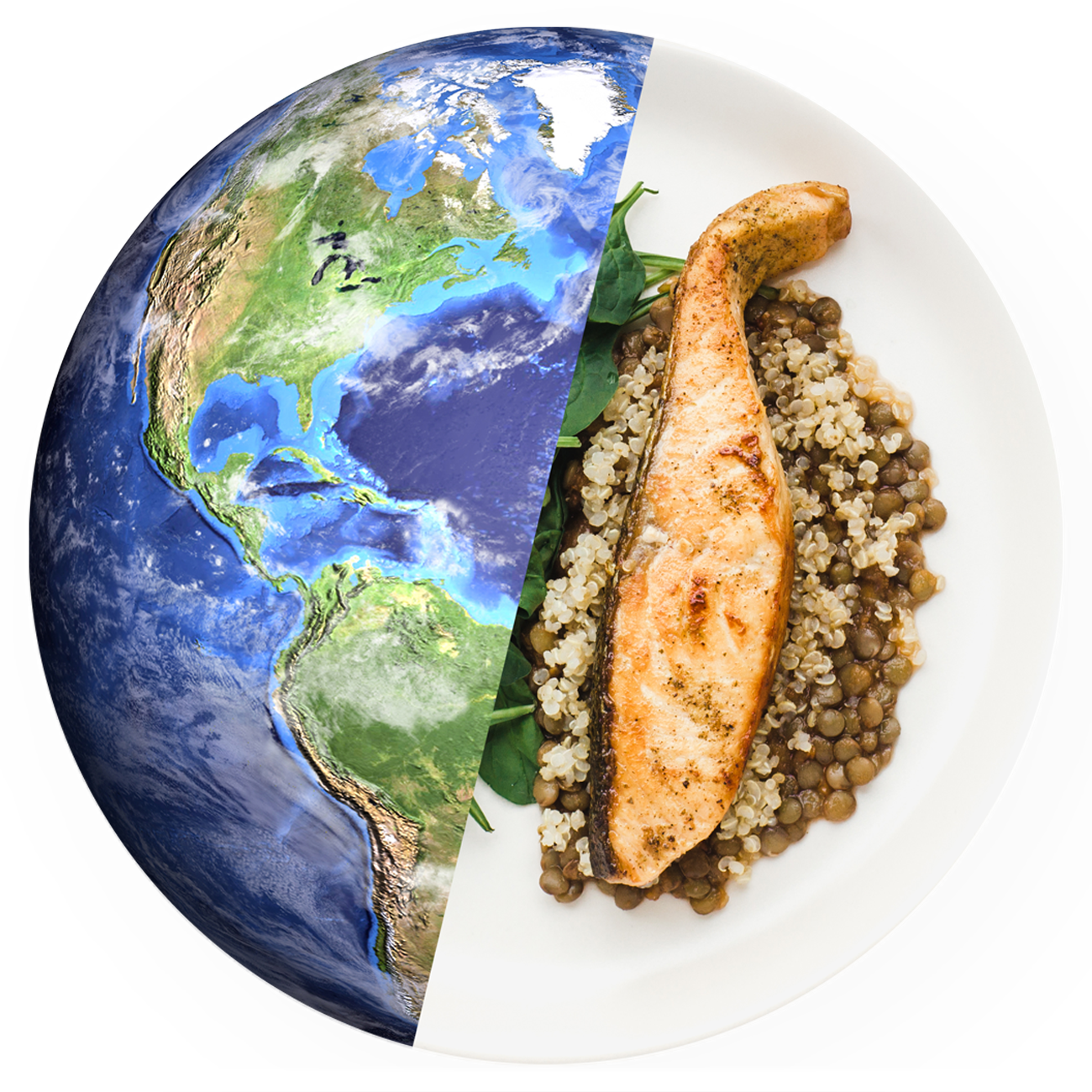





Follow us on social media and sign up for the newsletter
X
Threads
LinkedIn
Instagram
YouTube
Newsletter